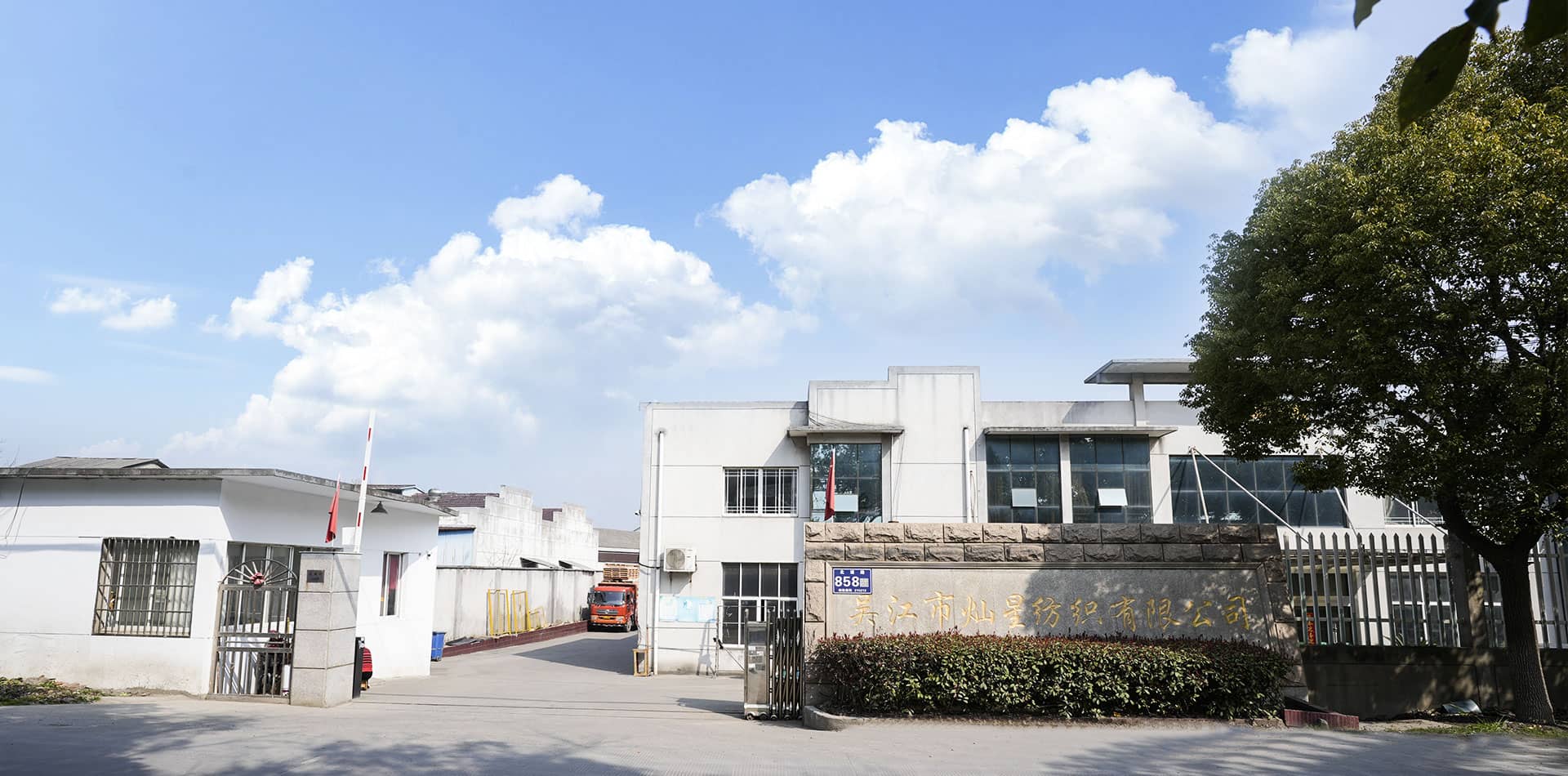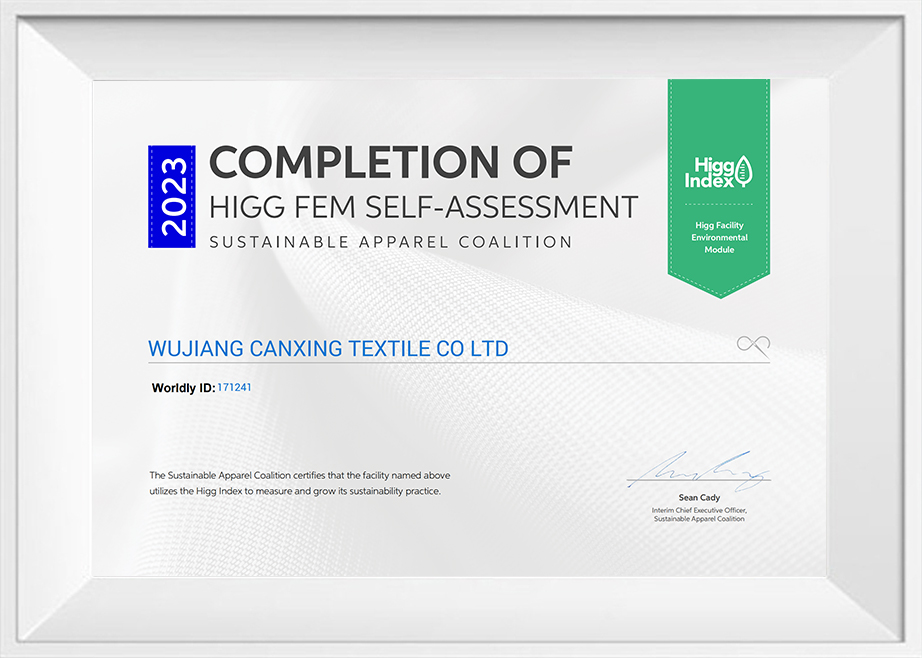

In recent years, four way stretch fabrics have gained remarkable popularity across multiple industries, including sportswear, fashion, and performance gear. Their unique elasticity, comfort, and versa...
View MoreIntroduction: The Rising Importance of Moisture-Wicking and Cooling Functions As outdoor activities, performance sports, and functional apparel continue to expand globally, textile engineering is rapi...
View MoreIntroduction: The Evolution of Performance Textiles in Sportswear Engineering Sportswear engineering has entered a new stage of development driven by rapid advancements in material science. Among thes...
View MoreThe production process of watermarked fabrics involves several key steps, each of which has an important impact on the clarity and durability of the pattern. Here are several major process steps and how to ensure the quality of the pattern:
Design and plate making:
Key steps: Design the pattern and make the printing plate (such as copper plate, screen plate, etc.) to ensure the details of the design are accurate.
Ensure quality: Use high-resolution design files and advanced plate making technology to ensure the accuracy and details of the pattern. Choosing high-quality printing plate materials is also key.
Fabric pretreatment:
Key steps: Wash and pretreat the fabric to remove grease, dirt and other impurities to ensure a smooth surface of the fabric.
Ensure quality: Use appropriate chemical treatment agents and methods to ensure the uniformity and ink absorption of the fabric, thereby improving the clarity of the pattern.
Watermark printing:
Key steps: Transfer the pattern to the fabric through the watermark printing process. Commonly used technologies include digital inkjet, water transfer, etc.
Ensure quality: Select appropriate printing equipment and inks to ensure stable temperature, humidity and pressure control during printing. Perform multiple test prints to adjust and optimize printing parameters.
Fixation treatment:
Key step: Fix the pattern on the fabric through heat treatment, chemical fixatives, etc. to improve color fastness and washability.
Ensure quality: Use high-quality fixatives and treatment processes to ensure that the pattern does not fade or fall off during washing and friction. Perform strict quality inspections to ensure the fixation effect.
Post-processing and inspection:
Key step: The fabric after printing needs to be post-processed, such as shaping, softening, etc., and quality inspection is carried out.
Ensure quality: Carefully inspect the fabric to check the clarity of the pattern, color consistency and other quality standards. Ensure that the fabric meets the needs of end users and international standards.
What are the main application areas of watermark fabrics in the international market?
The main application areas of watermark fabrics in the international market include:
High-end fashion clothing:
Application: Watermark fabrics are often used in designer clothing, evening gowns, fashion tops, etc.
Features: The patterns are exquisite and unique, which increases the visual appeal and high-end feeling of clothing.
Home decoration:
Application: Used for home furnishings such as curtains, sofa fabrics, cushions, bedding, etc.
Features: Provides a rich selection of patterns, which can add personalization and beauty to the home environment.
Sportswear:
Application: Sportswear, running clothes, yoga pants, etc.
Features: The patterns of watermark fabrics are not only decorative, but also help brands create a unique image.
Commercial advertising and promotional items:
Application: Used to make advertising banners, promotional gifts, brand promotional materials, etc.
Features: Ability to print high-quality brand logos and patterns to enhance the visual impact and effect of advertising.
Luxury goods and accessories:
Application: Luxury accessories such as handbags, shoes, scarves, etc.
Features: Delicate watermark patterns can enhance the luxury and uniqueness of products.